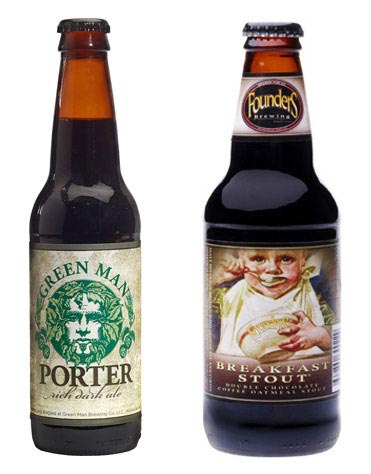Nobody can seem to agree what is the difference between porter and stout. Is it that stouts contain roasted barley? Is it that porters are lighter, or sweeter? Is it that stouts have patent malt in them, while porters have chocolate malt?
Historically the answer is "none of the above," and most especially it's not true that stouts have to contain roasted barley, or patent malt, since stout was being brewed when roasted barley was an illegal ingredient and before patent malt was invented.
If we go back to the latter half of the 18th century and the first part of the 19th century, stout, more particularly brown stout, was simply the name for the strongest version of porter. Here's a quote from a book called "A General Dictionary of Commerce, Trade and Manufactures," published in 1810:

"Porter may be divided into two classes, namely brown-stout and porter properly so called … Brown-stout is only a fuller-bodied kind of porter than that which serves for ordinary drinking. A great deal of this is exported to America and the West Indies."